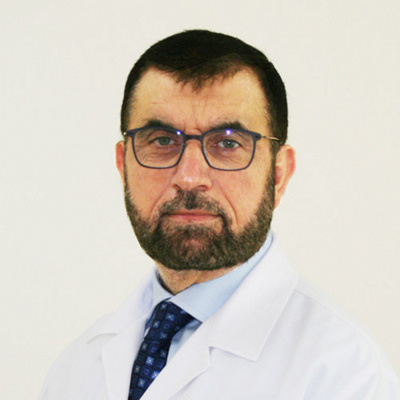Structural heart disease is a problem with the tissues or valves of the heart. Many structural heart diseases are congenital defects (present at birth), but some will develop later in life (acquired diseases).
Historically, structural heart diseases were treated via open heart surgery. However, many patients are not suitable candidates for surgery because of high risk features such as advanced age and other significant illnesses (co-morbidities). For these patients, newer percutaneous, catheter-based therapies provide a safe and effective alternative.
Mediclinic City Hospitals’ Heart and Vascular Centre provides a wide range of minimally invasive procedures to treat structural heart diseases.
Congenital heart diseases in adults that can be treated with minimally invasive strategies:
Patent foramen ovale (PFO) & atrial septal defects (ASD)
Atrial septal defects (including PFO) are congenital holes in the wall that separates the upper chambers of heart (atria). These defects can lead to heart failure, pulmonary arterial hypertension and occasionally strokes.
Ventricular septal defect (VSD)
It is an opening in the wall that separates the lower chambers of the heart. VSDs may require surgical repair to prevent complications such as heart failure.
Patent ductus arteriosus (PDA)
PDA is a connection between the aorta and the pulmonary artery that fails to close after birth. In some cases, this leads to pulmonary arterial hypertension and heart failure.
The Heart and Vascular team is highly trained to perform minimally invasive procedures to treat both congenital and acquired structural heart disorders, according to the latest international standards. Some of the common procedures are:
Transcatheter aortic valve replacement (TAVR)
This minimally invasive procedure replaces a narrowed aortic valve that fails to open properly due to calcification (calcific aortic valve stenosis). During the procedure, doctors insert a catheter through an artery in the groin and guide it to the patient’s heart. A prosthetic valve mounted on the catheter is then expanded inside the existing narrowed valve. The prosthetic valve starts working immediately after deployment.
TAVR has transformed the management of calcific aortic valve disease, by allowing many patients who were previously deemed too unwell for open heart surgery to have a life-saving procedure.
Left atrial appendage (LAA) closure
Patients with atrial fibrillation are at risk of developing blood clots in the heart that can travel to the brain and cause a stroke. These clots can form in the left atrial appendage. If patients cannot take blood thinning medications to reduce the risk of stroke then closure of the LAA with a device can be considered.
Paravalvular leak closure
Catheter-based procedure to treat leaks occurring around surgically implanted prosthetic heart valves.
Valve repair
Mitral and tricuspid valve repair was and still is a domain of heart surgery. However, not all patients can undergo surgery for different reasons. For these individuals, percutaneous valve repair techniques can be beneficial in order to alleviate symptoms of heart failure.
- Sophisticated imaging tools for diagnosis
- Percutaneous, catheter-based treatment
- Surgical treatment, including minimal invasive and reconstructive surgery


